Butterfly bush... what do you think about this article
Prachi
9 years ago
Related Stories

FALL GARDENINGWhat Monarch Butterflies Taught Me About Garden Design
Thinking like a butterfly leads to fresh perspectives in the garden and in life
Full Story
GARDENING GUIDES6 Plants That Beat Butterfly Bush for the Wildlife Draw
It's invasive, a nonnative and a poor insect magnet. Check out these better alternatives to butterfly bush in the garden
Full Story
GARDENING GUIDESNew Ways to Think About All That Mulch in the Garden
Before you go making a mountain out of a mulch hill, learn the facts about what your plants and soil really want
Full Story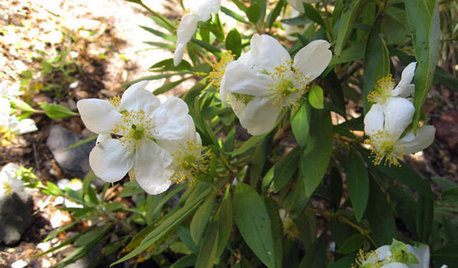
FLOWERSGreat Design Plant: Bush Anemone
Breathe in this shrub's sweet perfume while you're admiring its petite white flowers and the butterflies it brings
Full Story
GARDENING FOR BUTTERFLIESBe a Butterfly Savior — Garden for the Monarchs
Keep hope, beauty and kindness alive in the landscape by providing a refuge for these threatened enchanters
Full Story
FLOWERS AND PLANTSHelp Monarchs and Other Butterflies by Planting Common Milkweed
Summer-blooming Asclepias syriaca is an important larval host plant for the monarch butterfly and attracts a number of pollinating insects
Full Story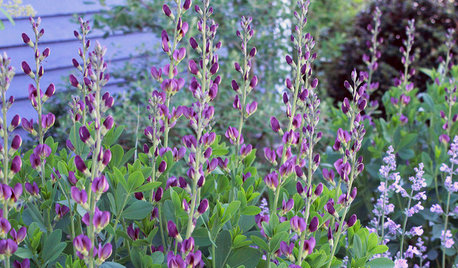
GARDENING FOR BUTTERFLIES7 Native Wildflowers to Make You an Awesome Butterfly Host
Offer the leaves of these and you’ll get more butterflies than with flower nectar alone
Full Story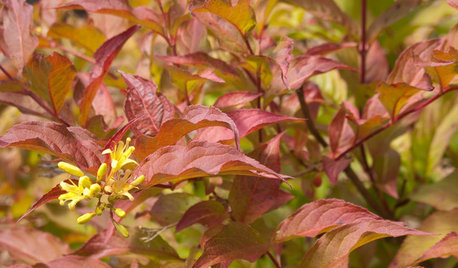
GARDENING GUIDESGreat Design Plant: Northern Bush Honeysuckle, a Bronze Beauty
It helps control erosion and takes sun or shade. The butterflies love it. But the best part of this shrub may be the vivid foliage
Full Story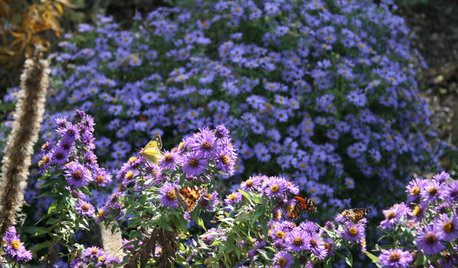
FLOWERS15 Native Flowers That Attract Butterflies
By picking plants from this list that are right for your location, you’ll get colorful blooms and support pretty pollinators
Full Story
GARDENING FOR BUTTERFLIESButterfly Gardening: Delight the Eyes With Living Sculptures
Surprise and thrill with a garden that attracts magical winged creatures, bringing color, movement and life
Full Story






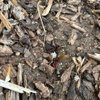
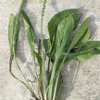
gardenweed_z6a
ptwonline
Related Professionals
Edmond Landscape Architects & Landscape Designers · Glendora Landscape Architects & Landscape Designers · Lakeland Landscape Contractors · Avocado Heights Landscape Contractors · Biloxi Landscape Contractors · Emmaus Landscape Contractors · Englewood Landscape Contractors · Fridley Landscape Contractors · La Vista Landscape Contractors · Plymouth Landscape Contractors · Pueblo West Landscape Contractors · Sugar Hill Landscape Contractors · Wells Landscape Contractors · West Allis Landscape Contractors · Quartz Hill Landscape ContractorsPrachiOriginal Author
gardengal48 (PNW Z8/9)
PrachiOriginal Author
Tony G
terrene
gyr_falcon
david883
paul_
floral_uk z.8/9 SW UK
terrene
paul_
gardengal48 (PNW Z8/9)
rusty_blackhaw
monarda_gw